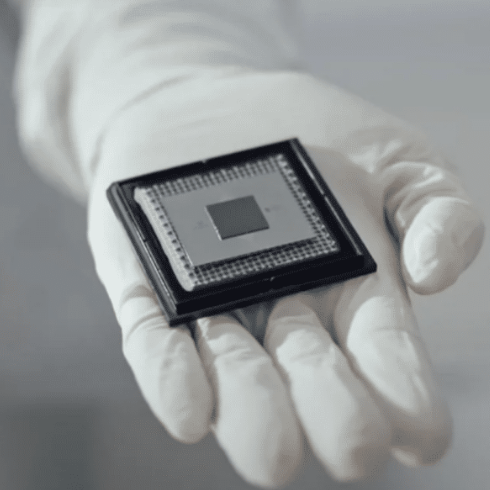The Quantum Leap Forward: Google's Willow Chip
Prepare for a cosmic jump into the realm of quantum computing with Google's latest wonder, the Willow chip. If you thought your latest smartphone was impressive, you're about to have your mind blown into the multiverse.
A Brief History of Quantum Computing
Before we dive into the meat of Willow, let's take a quick jaunt through the history of quantum computing. Imagine, if you will, a computing world where bits are not just on or off, 1's and 0's, but can exist in a state of both. This is the world of qubits, where Google's Willow chip plays its part.
Introducing Willow: The Quantum Chip That's All the Rage
Google unveiled Willow, and boy, did they do it with a bang. This chip isn't just a step forward; it's like leaping into hyperspace. According to Google, Willow can perform computations in under five minutes that would take your standard supercomputer about 10 septillion years to crack. That's right, 10 followed by 25 zeros. If you're counting, that's longer than the universe has been around!
Below is Willow, to put this into perspective, the worlds largest supercomputer 'El Capitano' has 145km of cabling. Willow fits in the palm of your hand!

Error Correction: The Quantum Conundrum
One of the biggest headaches in quantum computing has been errors. Qubits are like delicate snowflakes; any tiny disturbance can cause them to lose their quantum state. But with Willow, Google says they've managed something close to a miracle. They've engineered this chip so that the more qubits you use, the fewer errors you get. It's like finding out that the more coffee you drink, the less you need to sleep. The downside? these chips need to kept at temperatures near absolute zero!
What Does This Mean for Us?
- Drug Discovery: Imagine designing new drugs at a speed that would make even the Flash jealous.
- Energy Solutions: Better batteries, more efficient solar panels, perhaps even a step closer to sustainable fusion energy? The possibilities are as vast as the cosmos.
- AI and Machine Learning: Willow could accelerate AI development, giving us smarter, faster, and perhaps, finally, an AI that can tell a decent knock-knock joke.
What's the Cons?
- Security concerns: Quantum computers could break widely used encryption algorithms like RSA, ECC, and AES. This threatens everything on the internet, including crypto but if this does happen, losing fake internet money will be the last of peoples worries.
- Economic Disruption: The rapid development of quantum computing could destabilize industries reliant on current encryption methods, forcing businesses to adopt costly quantum-safe technologies.
- Technological Arms Race: Nations may engage in a quantum arms race, intensifying global geopolitical tensions. Countries with superior quantum capabilities could gain significant advantages in cybersecurity, espionage, and military technologies and race you won't be able to fake.
The Hype vs. Reality Check
While posts on X are buzzing with excitement, let's keep our feet on the ground. Willow is a monumental step, but practical, real-world applications are still a ways off, Hartmut Neven, the brain behind Google's Quantum AI, is hopeful but realistic. He's not promising commercial applications before the decade ends. We're not about to see quantum computers in every home, unless your home happens to be Google's quantum lab in Santa Barbara.

In Conclusion
While the true impact of Willow might still be beyond our grasp, one thing’s crystal clear — the future of computing is heading toward a quantum reality, leaving classical limitations in the dust. It's not just Google at it either, China recently unveiled a supercomputer of there own with 504 qubits, Willow has 105-qubits. Welcome to the Quantum Ultra Efficiency Earth Race, or QUEER for short, title work in progress
Sources
google.com
x.com
biometricupdate.com
youtube.com